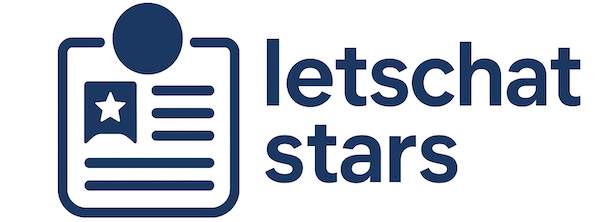Countdown to South Korea's Presidential Election: Lee Jae-myung Challenging Conservative Vote Banks

With just two weeks remaining until the presidential election in South Korea on June 3, the race is intensifying. According to the Korea Times, the dynamics in southeastern regions (including Busan, Ulsan, and South Gyeongsang Province) and the preferences of young voters will significantly influence the final outcome. Once-solid support for the conservative "People Power Party" in the southeastern voter base is starting to show cracks, with 20-30 year-olds, who make up one-fifth of the population, becoming the focal point for all major parties.
Recent polls indicate that Lee Jae-myung, the candidate from the Democratic Party, leads by a significant margin with 50.2%, while the People Power Party's Kim Moon-soo stands at 35.6%, and Lee Jun-suk from the Reformist Party at 8.6%. This shift signifies potential erosion of the traditional conservative stronghold. In surveys conducted from March 13 to 15, Lee Jae-myung held a slight lead with 41% in these regions compared to Kim Moon-soo's 39%, which is a clear warning sign for the long-dominant People Power Party.
Long-standing regional conflicts in South Korea echo phenomena in Taiwan and the United States, where the southeastern Gyeongsang region tends to favor conservatives while the southwest Jeolla region leans towards progressives. Lee Jae-myung has captured attention with policies such as expanding public housing and rent subsidies for young voters, who are seen as critical for electoral success. Both candidates are aggressively courting this demographic, which could heavily impact the election outcome. Nevertheless, many young voters have yet to declare their intentions, leaving the race uncertain.




